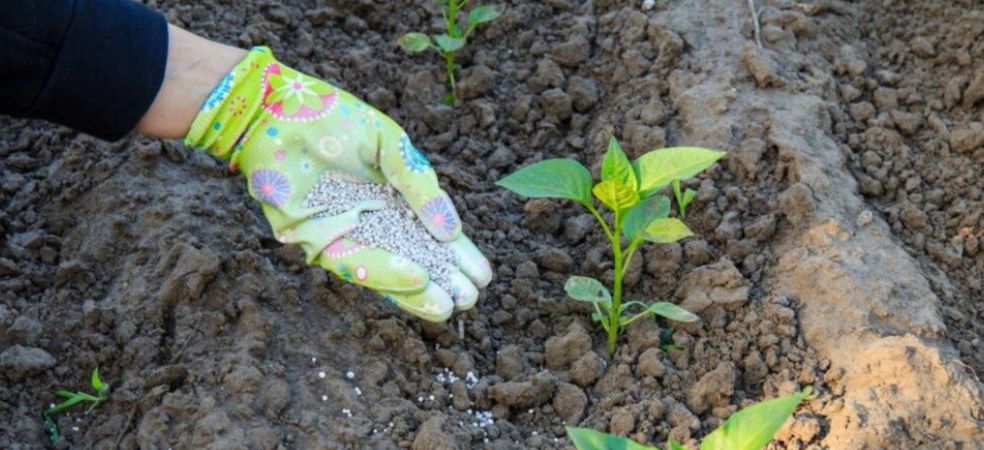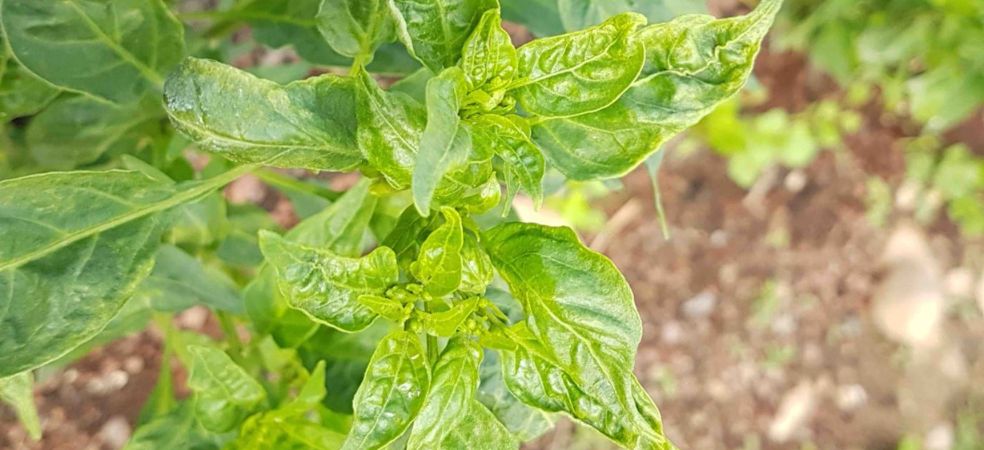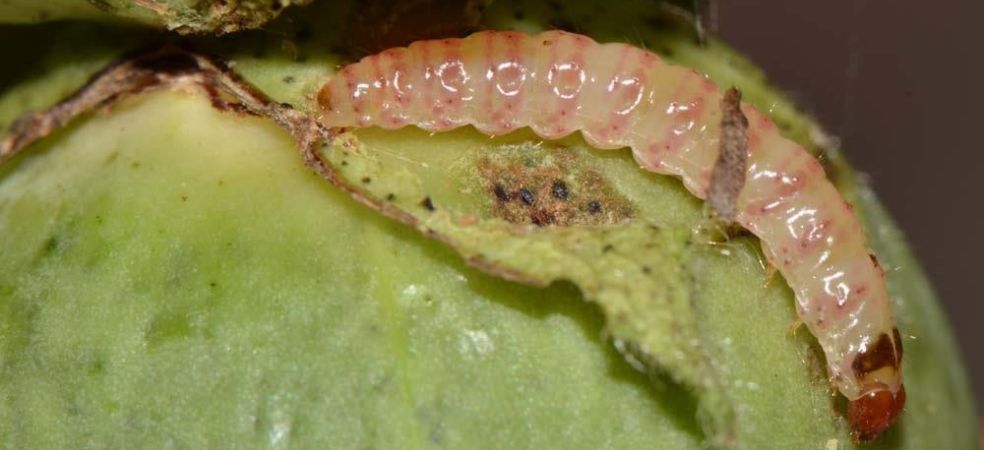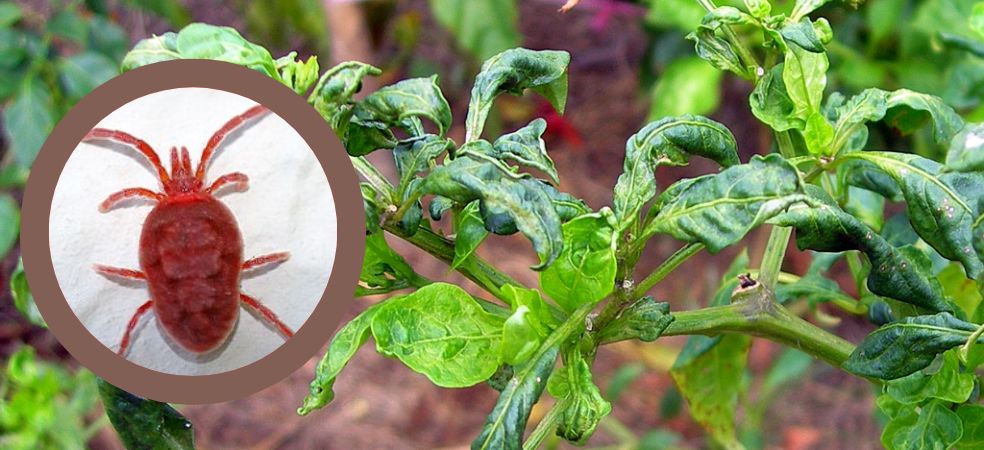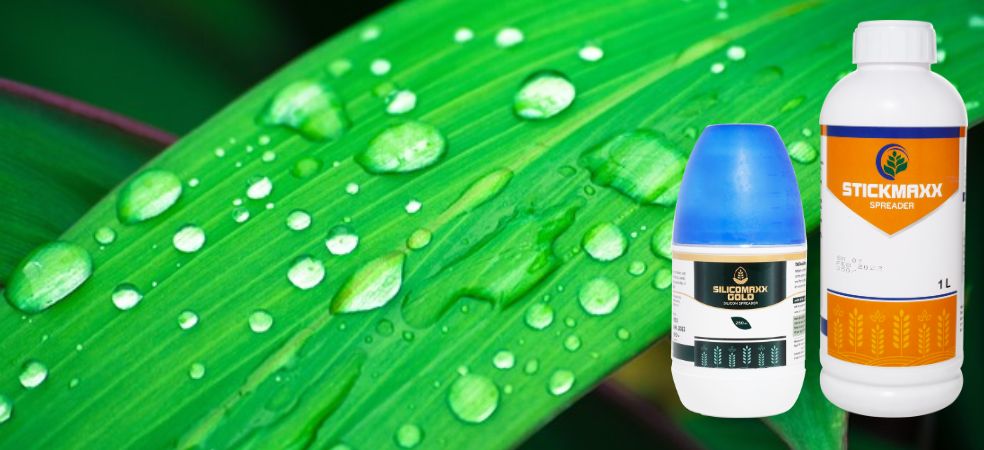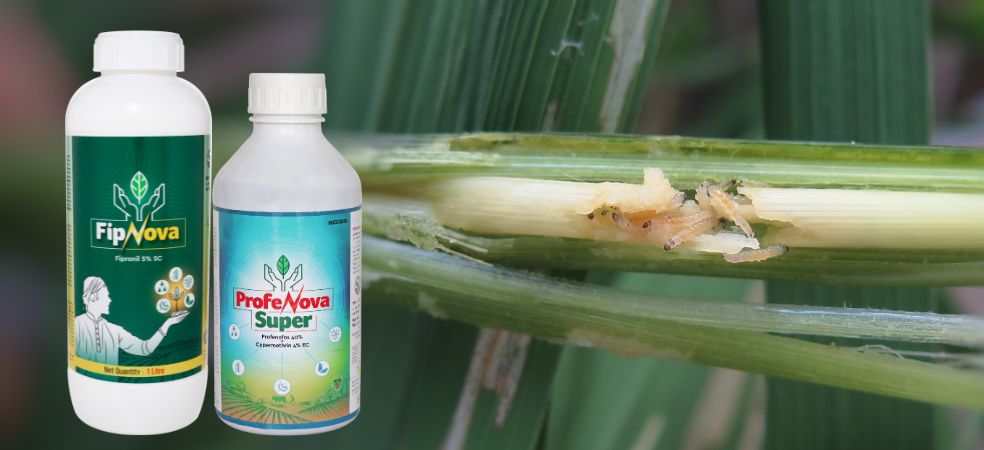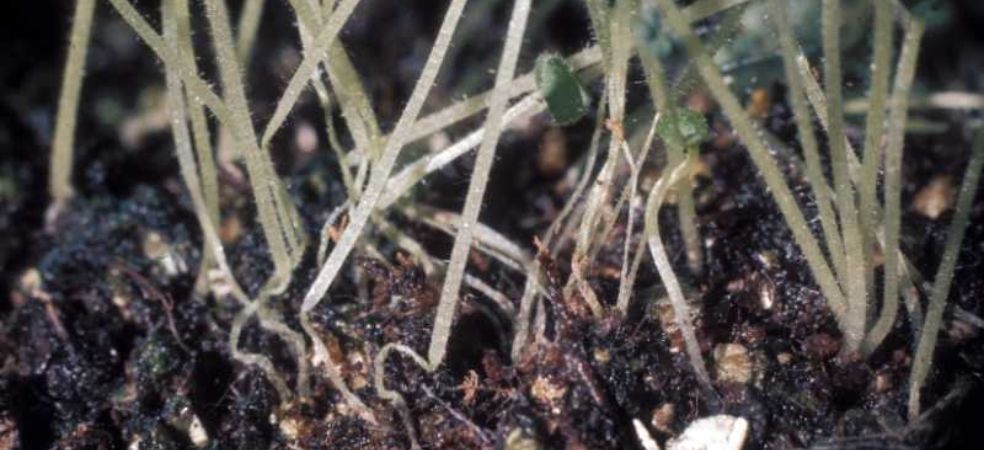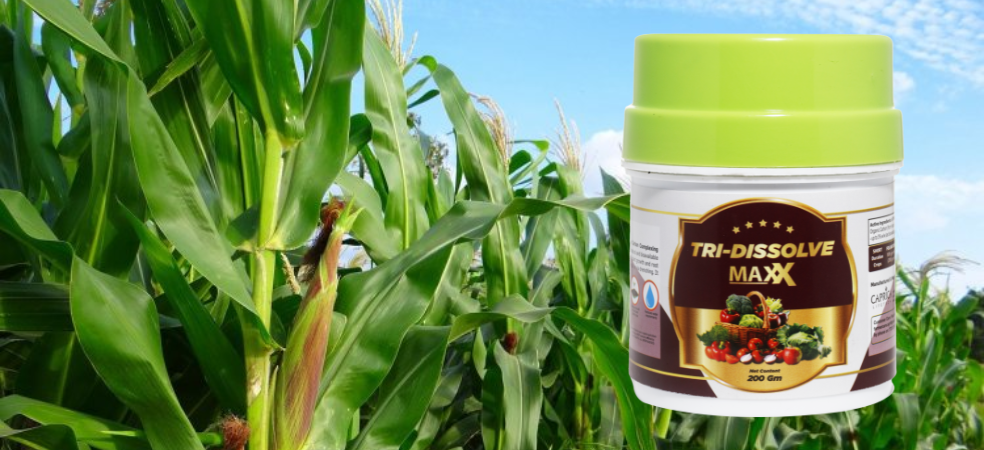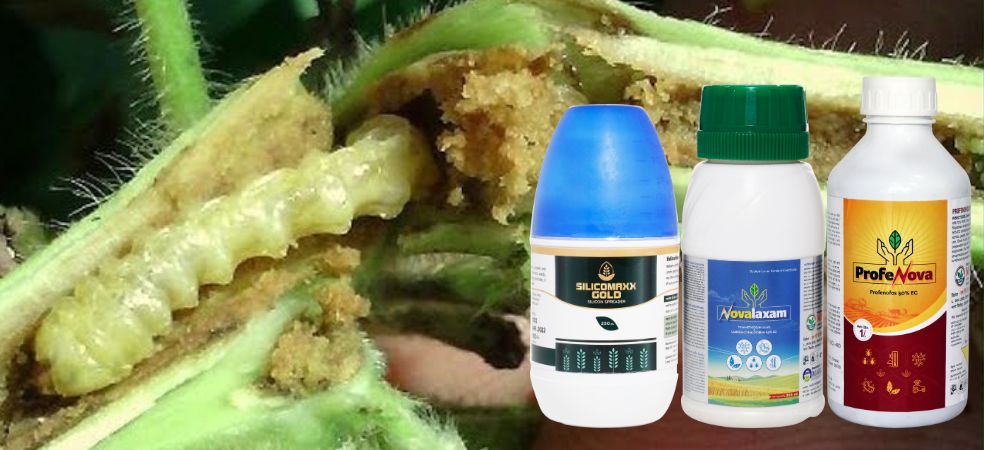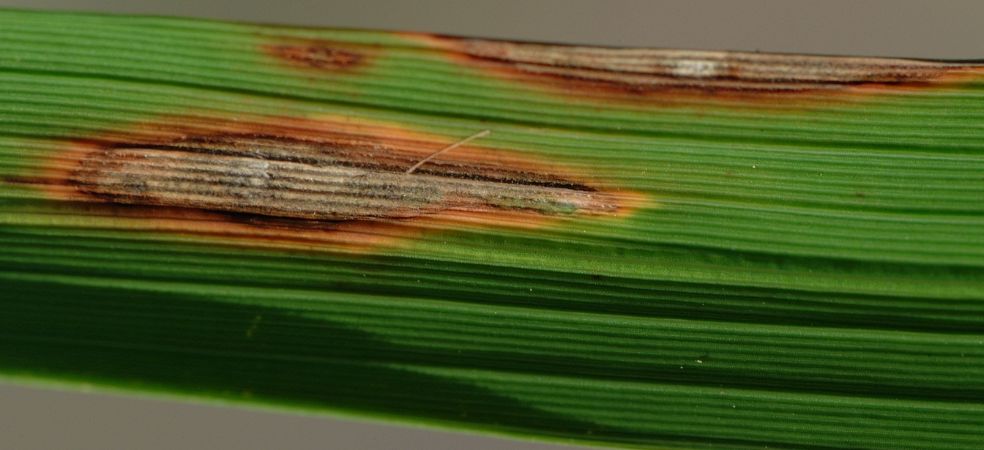-
Just as fertilizer management is necessary at the time of planting of chillies, similarly fertilizer management is very necessary 20 to 30 days after transplanting.
-
This management is done for the good growth of the chilli crop and to increase immunity against diseases.
-
At this time, the chilli plant roots are growing in the ground, at that time fertilizer management is very important for good growth of roots.
-
fertilizer management requires urea @ 45 kg/acre DAP @ 50 kg/acre, magnesium sulfate @ 15 kg/acre, sulfur @ 5 kg/acre, and zinc sulfate @ 5 kg/acre.
-
It is necessary to have moisture in the field at the time of use of fertilizers.
ShareFor such important information related to the agriculture sector and farmers, do read Gramophone articles daily. If you liked today’s information then don’t forget to share.

